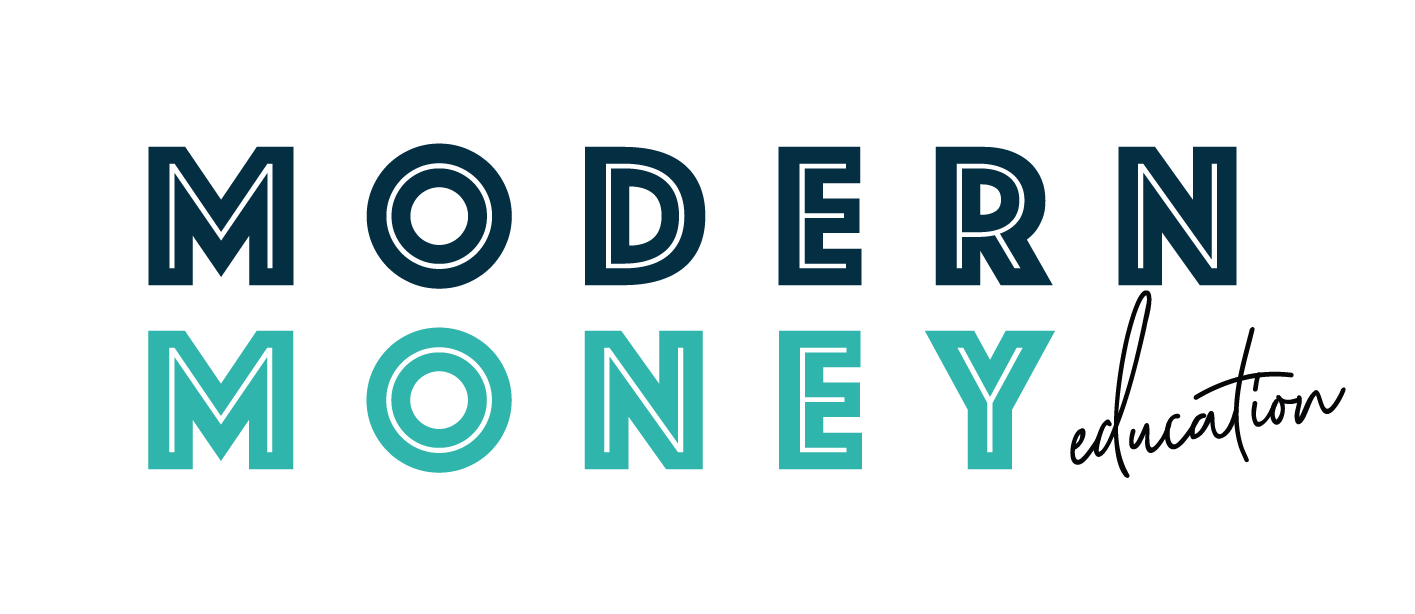Student Loan Series: Private Student Loans Vs. Federal Student Loans
When it comes to student loans, the devil is in the details.
Knowing the type of loan you have, your interest rate, and your repayment terms will help you devise a plan for paying down that debt quicker. Today, we are going to break down the difference between federal and private student loans and what they mean for your debt reduction strategy.
Federal student loans
Nearly 90% of all student loans are federal and it’s not too hard to see why. Federal loans carry much lower interest rates than private loans (4.53% vs 5.8% on average for the 2020-2021 school year), offer numerous legal protections, and provide flexible repayment options like income-based repayment plans and loan forgiveness.
There are three types of federal loans to be aware of:
Direct subsidized loans
Direct unsubsidized loans
PLUS loans
Subsidized loans are only available to undergraduate students and carry a special incentive: they don’t accrue interest while you are in school or deferment periods. They only start accruing interest once you have to start making payments.
Unsubsidized loans don’t delay interest. You are responsible for the interest from the moment the loan is granted until the final payment. These loans are available to both undergraduate and graduate students.
PLUS loans are available for professionals, graduate students, and parents but should be used more as a last resort, as interest rates are much higher, 7.08% for the 2020-2021 school year.
Private student loans
Private student loans made up the smallest percentage of loans taken out, 7.7% in fact. Why is this number so small? One reason is the interest rate, which for private student loans varies from 4% all the way to 14.5%.
Why such a large gap? The main reason is the borrower’s credit score. Borrowers with a lower credit score will receive a less favorable interest rate, as the lender doesn’t have as much proof that the borrower will be able to repay the debt. Federal loans, on the other hand, come with a fixed interest rate, depending on when they are taken out.
Private loans also carry stricter repayment terms and don’t frequently come with forgiveness options. Remember, it is usually wise to max out your federal loans before going to a private lender.
If federal student loans are so much more favorable, why would anyone take out private loans? Federal loans have a limit on how much you can borrow, which for undergraduates is $12,500 annually and $57,500 total.
Seeing as the average yearly tuition for a public 4-year college is $21,950, students will need to make up the nearly $10,000 difference. Some of that might come in the form of 529 funds, scholarships, part-time work, or other savings measures, but some will also likely come through a private loan.
Refinancing options
You are able to refinance your student loans. If you are going to pursue this route, don’t mix private and federal loans—that severely limits the repayment options available to you. Refinancing private loans might make sense especially for a more favorable interest rate, but refinancing federal loans jeopardizes your access to government programs like student loan relief or forgiveness programs. Most often, this isn’t worth the risk.
Speak with a trusted advisor
The world of student loans is vast. Our team is passionate about helping students and parents craft a plan that takes student loans into account. Ready to talk more about student loan planning? Our team would love to help you evaluate your options. Book a call today to learn more or sign up for a one-on-one Student Loan Analysis.
The information on this site is provided “AS IS” and without warranties of any kind either express or implied. To the fullest extent permissible pursuant to applicable laws, Modern Money Advisor LLC (referred to as “MMA”) disclaims all warranties, express or implied, including, but not limited to, implied warranties of merchantability, non-infringement and suitability for a particular purpose. MMA does not warrant that the information will be free from error. None of the information provided on this website is intended as investment, tax, accounting or legal advice, as an offer or solicitation of an offer to buy or sell, or as an endorsement of any company, security, fund, or other securities or non-securities offering. The information should not be relied upon for purposes of transacting securities or other investments. Your use of the information is at your sole risk. Under no circumstances shall MMA be liable for any direct, indirect, special or consequential damages that result from the use of, or the inability to use, the materials in this site, even if MMA or a MMA authorized representative has been advised of the possibility of such damages. In no event shall MMA have any liability to you for damages, losses and causes of action for accessing this site. Information on this website should not be considered a solicitation to buy, an offer to sell, or a recommendation of any security in any jurisdiction where such offer, solicitation, or recommendation would be unlawful or unauthorized.
